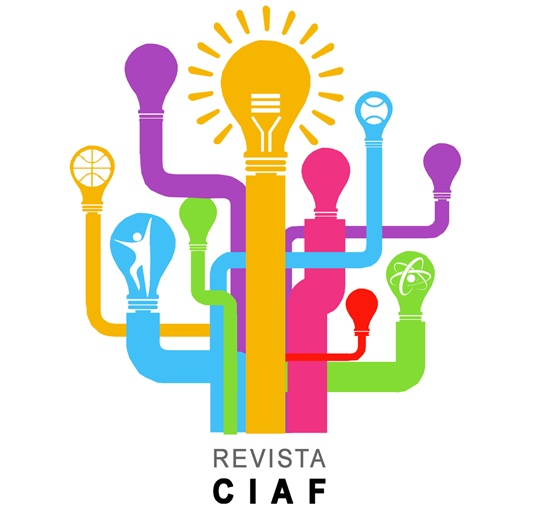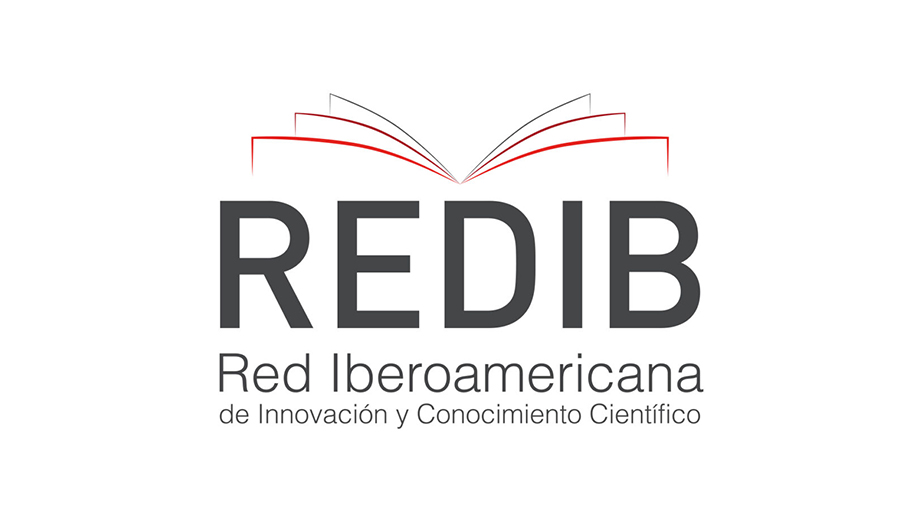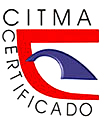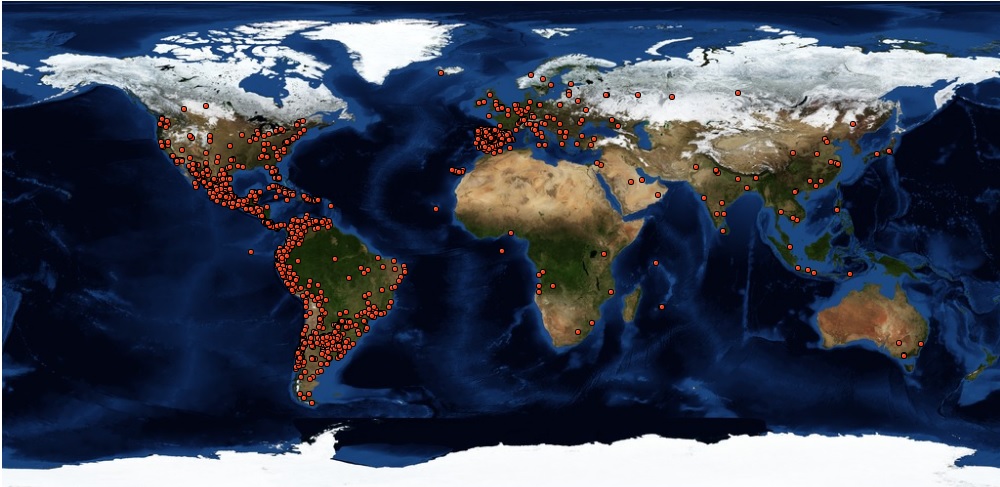The cognitive skills in physical education in schools
Keywords:
cognitive skills, rhythmic activities, body expressionAbstract
Physical Education can and should promote relevant learning that no other subject is able to perform both personal and social. Also, it aims to achieve the integral development of the person, which involves improving motor, cognitive, effective and social aspects. It's a fantastic course full of life, joy and pleasure in primary education. Currently takes great relevance in contemporary trends in Physical Education declared (Lopez, 2009), as it allows the development and mobilization of knowledge, attitudes and skills in children. It needs to be treated in conception and divertimento, (Zagalaz, 2002). Making it the first official recreational space available to children. It is rhythmic body expression activities and the best way to achieve this purpose, appropriate means in the age under study. The research intention of the work is aimed at improving cognitive skills from the motor, which must be developed, no doubt, at early ages using rhythmic activities and physical expression, for which were defined as goals: to diagnose the initial state cognitive skills of children, realign activities to the conditions of a new stage, and finally assess the implementation of these activities from the perspective of the actors. To achieve these objectives were used several methods: analytic-synthetic, document review, observation, discussion group, cuasiexperimento design and mathematical statistical method for processing information, which was processed in SPSS.
Downloads
Published
How to Cite
Issue
Section
License
Copyright (c) 2023 Science and Physical Activity

This work is licensed under a Creative Commons Attribution-NonCommercial 4.0 International License.
Attribution-NonCommercial 4.0 International (CC BY-NC 4.0)
You are free to:
Share — copy and redistribute the material in any medium or format
Adapt — remix, transform, and build upon the material
The licensor cannot revoke these freedoms as long as you follow the license terms.







